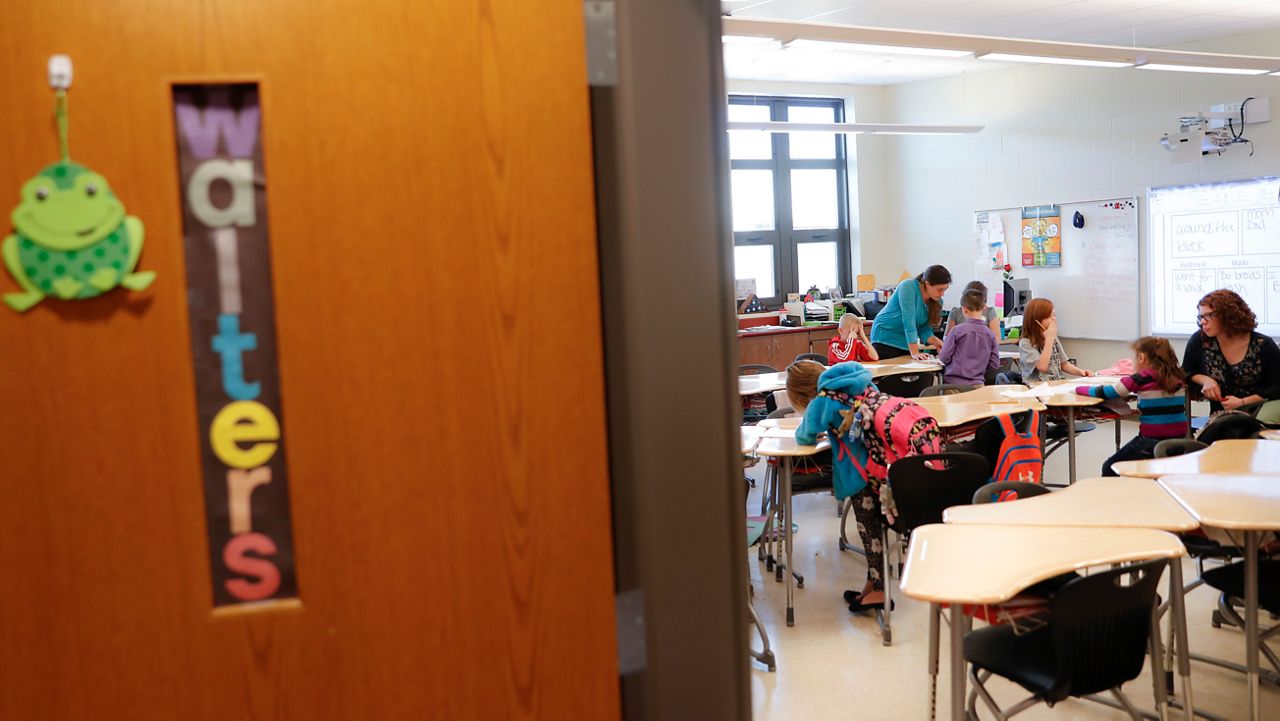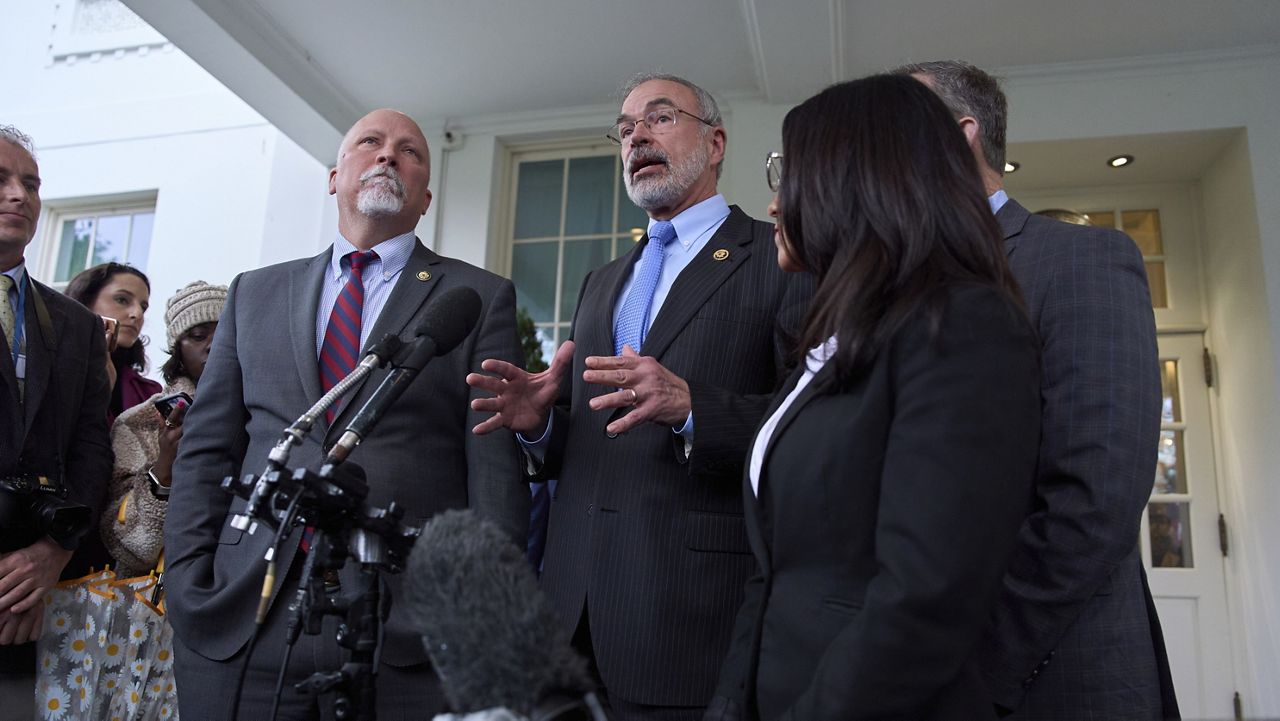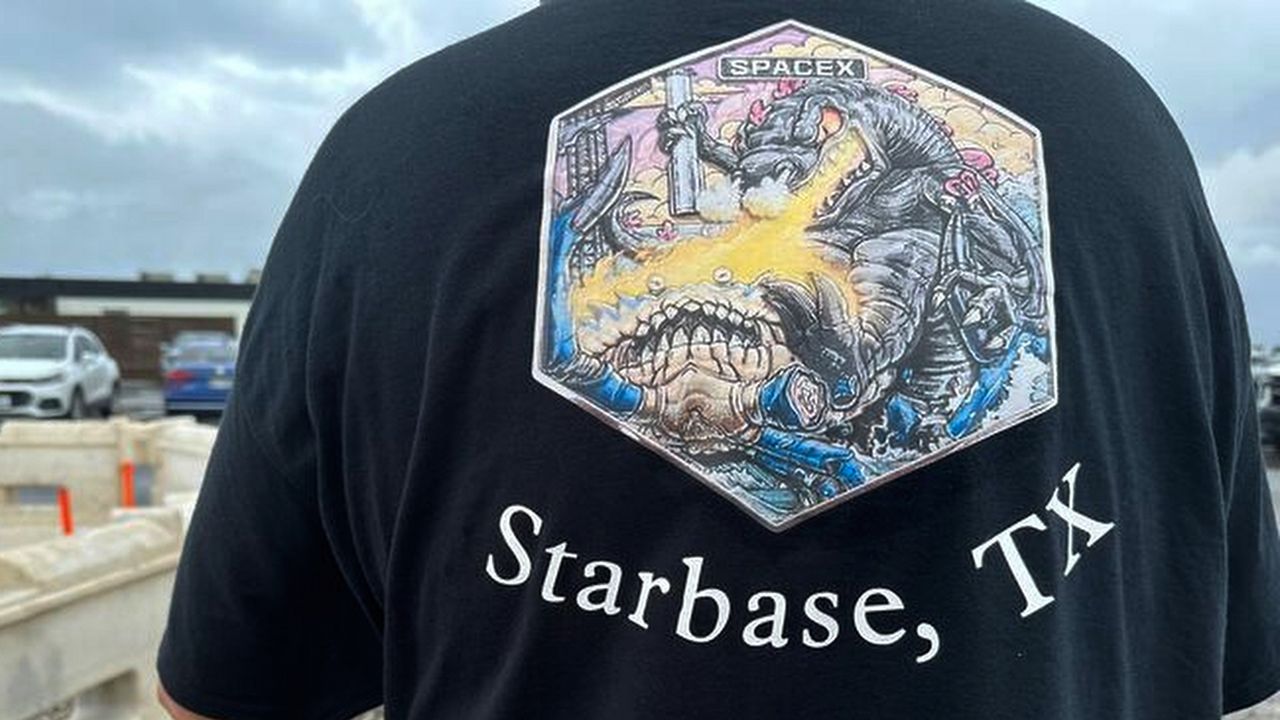SAN ANTONIO — 55-year-old Janie Roman is a San Antonio native.
“I would cry at night, the first time. I’d never been homeless until that day,” Roman said.
After her family moved away, she says she couldn’t afford a place to stay for three years. That’s until she got accepted into Towne Twin Village, a tiny home community for disabled seniors who have experienced chronic homelessness.
“I love it,” Roman said. “I have my own place. I can watch my movies.”
This is the first permanent supportive housing development funded by the City of San Antonio’s Affordable Housing Bond Program.
“Everybody in this city, regardless of their circumstances, deserves a safe affordable and dignified place to call home,” said San Antonio Mayor Ron Nirenberg.
Of the $150 million voter-approved bond, nearly $10 million went toward building Towne Twin Village, allowing seniors to age with dignity.
“So, it includes not just a home for them to live in, but also the onsite services,” said Veronica Garcia, the director of San Antonio’s Neighborhood & Housing Services Department. “Wrap around services, case management that helps them stay housed in the long run.”
The city recently broke ground on the Commons of Acequia Trails, a public-private development that will add another 200 permanent supportive housing units.
“In total, we are about 50% of the way toward our goal of 1,000 permanent supportive homes in San Antonio,” said Garcia.
In Texas, those ages 55 and older make up approximately 20% of people experiencing homelessness — 138,000 people without shelter.
“While others debate whether permanent supportive housing is possible, San Antonio is building it,” said Nirenberg.
Residents may stay as long as they need to. These communities include onsite health care, meals and life skills classes. Roman is thankful to finally have a space to call her own and hopefully reunite with her family.
“My goal is to get better and see my grandchildren,” Roman said.












